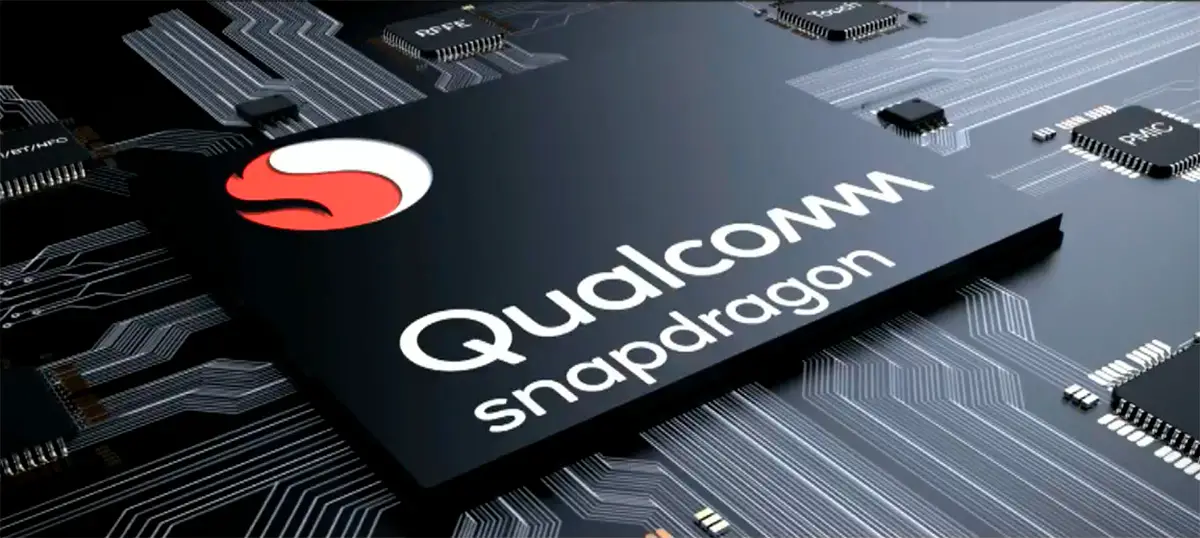Qualcomm was fined $270 million by the European Union for predatory pricing
The EU Competition Regulatory Commission announced a fine of 242 million euros ($272 million) for Qualcomm. The reason is that Qualcomm used its market dominance to sell 3G modem chips at sub-costs between 2009 and 2011 in an attempt to drive competitor Icera out of the market. EU Commissioner Margrethe Vestager said after the announcement of the fine, “Qualcomm sold these products at a price below cost to key customers with the intention of eliminating a competitor.” The Commission said that Qualcomm was able to gain about a 60% share of the market by undercutting a UK rival called Icera.

The EU survey found that when Icera was about to become a competitive competitor in the industry, Qualcomm sold its 3G chips to Huawei and ZTE at a lower cost than the price. The committee said that Qualcomm wants to hit the price with preferential prices. They have potentially dangerous competitors and want to minimize the negative impact on Icera’s business.
But this is not the first time Qualcomm has been subject to the anti-monopoly law. In 2018, the European Commission imposed a fine of 997 million euros on Qualcomm because Qualcomm paid for its important customer, Apple, on the condition that Apple can only use Qualcomm. The chip can’t buy products from Qualcomm’s competitors. However, this time the fine should not be likely to have a lasting impact on Qualcomm. The European Union said that the predatory pricing of Qualcomm’s participation ended in 2011. In this ruling, the committee did not criticize any of Qualcomm’s current practices. The purpose of the fine is to prevent other companies from trying the same thing.
However, for Icera, the fine is too late to save the modern business. The UK mobile phone software maker, after nine years of development and $250 million in equity financing, was acquired by Nvidia for $367 million in 2011 and exited the modern market in 2015. Nvidia had hoped to integrate the company’s modem into its Tegra processor, but the plan was not implemented.
Via: CNN





